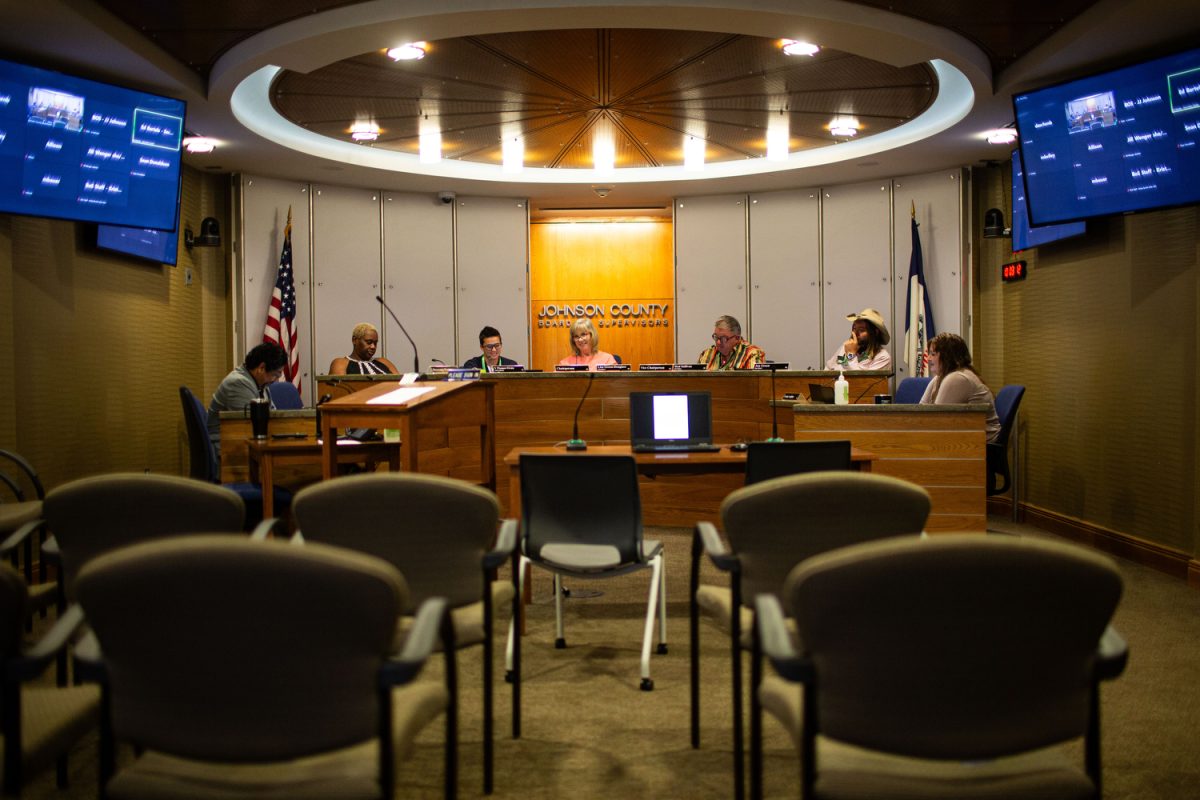More families in Johnson County could be eligible for a child care scholarship program after the county widened the income range.
The Johnson County Board of Supervisors unanimously approved an increase in household income eligibility for the child care scholarship program at Thursday’s formal session.
The vote increased income eligibility for the program to up to 250 percent of the federal poverty level, which equates to $75,000 for a family of four.
The infant and toddler scholarship program provides assistance with child care for low-income, working families. The program aims to increase accessibility to early education for children aged zero to three, the program offers scholarships to help children attend quality community-based programs.
According to Wednesday’s work session agenda, the program provides up to $600 per month per child in tuition assistance for approximately 80 children a year.
The agenda also stated that there are no tuition-support options for infants and toddlers, and child care tuition in Johnson County is one of the highest in the state, with higher costs than the regional and state averages.
The supervisors previously approved a resolution on June 22, designating $191,000 of American Rescue Plan Act federal funding to the program in 2023, followed by $192,000 per year for 2024-25.
Laurie Nash, county youth and family service manager, gave a presentation at the work session Wednesday to request a change in the scholarship eligibility requirements. The recommendation was supported by both the county’s ARPA team and the Johnson County Social Services staff implementing the program.
RELATED: Youth crisis stabilization center facilities begin renovations despite no guaranteed funding
The increase in the program’s eligibility comes as a response to the state’s increase in child care assistance from 145 percent of federal poverty to 160 percent.
The program previously covered the gap from the original 145 percent to 200 percent of federal poverty. However, since the state raised the percent range of eligibility, the scholarships only cover the small gap between 160 percent and 200 percent.
Nash said there is not enough of a population that fits in this gap, and the program had to turn away three families because they were not eligible with the new state percentage.
Nash said the program has at least three to four families interested in applying, but advertisements with the updated percentages could bring in more applicants.



